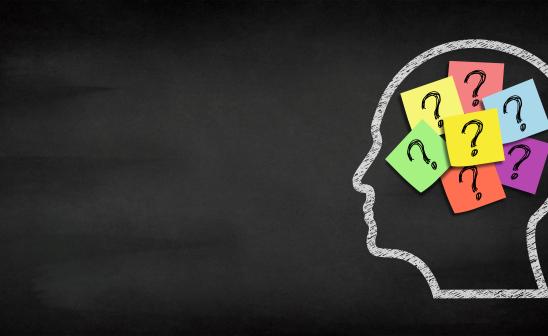Large-scale study challenges our understanding of memorable images

Using the THINGS database, researchers find semantic features and typical objects have a stronger influence on our memories than previously thought.
By Sarah Steimer
More abstract, meaningful properties — versus simple visual features — govern our memories, while more typical objects — rather than distinctive objects — tend to be more memorable, according to a new study published in Science Advances. The researchers used an image database of concrete objects from the human experience, resulting in findings that challenge decades of research that suggested the most atypical items are most memorable. According to the study authors, the results add to our understanding of the features and organizational principles of memory.
During her postdoctoral training at the National Institute of Mental Health in Chris Baker’s Laboratory of Brain and Cognition (Baker is one of the paper’s authors), Wilma A. Bainbridge, an Assistant Professor in the Department of Psychology at UChicago, was officemates with Martin Hebart, now a professor at University of Giessen and a research group leader at the Max Planck Institute for Human Cognitive and Brain Sciences in Germany. Hebart was developing the THINGS database while Bainbridge researched what makes something intrinsically memorable, and the two decided to combine their work.
The THINGS database is a collection of images of concrete objects in the world using human experience. The team working on the database scraped concrete nouns from an American English dictionary, and then downloaded dozens of images for each concrete noun.
“One of the cool things about the THINGS database is that it has the features that people naturally use to organize these objects,” Bainbridge explains. “And how they got these features was by asking people to rate which objects were similar to each other and which ones were dissimilar.”
For the study, a collaboration with researchers at Max Planck and the National Institutes of Health, the researchers collected more than 1 million memory ratings from more than 13,000 people for these 26,000-plus images of objects in the database. The key question of the study focused on how intrinsic memorability of an image relates to the features and the categories of these objects. To test this, participants saw a stream of pictures, and were asked to press a key when they recognized a repeated picture from earlier in the stream.
The results gave way to two major findings. First, the researchers were able to establish a model of object features that is predictive of image memorability, which captures more than half of the explainable variance. They found that semantic features have a stronger influence than visual features on what people will remember.
“We did find a specific combination of features was able to significantly predict how memorable a picture would be,” Bainbridge says. “And what this means is that if you took a new picture, and you knew how it fell on these different features — is it manmade? Is it the color red? — you can put it into the model and it could predict how likely you are to remember that picture.”
Although we may intuitively think that certain color contrasts or brightness may best jog memory, the study showed that — overwhelmingly — more abstract or semantic information relates best to what people will recall. Qualities such as whether something is an animal or manmade is more important than brightness or color contrast.
Second, the team found that neither the most prototypical nor atypical images are best remembered, which suggests that typicality alone cannot account for memorability. The study design allowed the researchers to determine where an image falls in relationship to other images. They found that, in general, the more typical pictures and most typical categories tended to be the best remembered ones. Bainbridge says this may vary by category: For example, typical weapons are very memorable, but atypical kitchen appliances are forgettable.
The scale of the study, of using images of tens of thousands of objects out from the real world and collecting data from more than 13,000 people, also makes the research particularly impactful. And having better research on memory has implications for everything from Alzheimer's research to designing education and marketing materials.
“This helps answer these fundamental questions about the things we remember and forget, because much of the research before this used very constrained picture sets,” Bainbridge says, noting that previous studies would use pictures of simple shapes and arrangements, or a small subset of object pictures. “But they never really looked at pictures that represent the real world. This better addresses questions about natural memory for real objects. And with that, we're finding these counterintuitive findings about typical things being more memorable.”
 THE UNIVERSITY OF CHICAGO
THE UNIVERSITY OF CHICAGO


